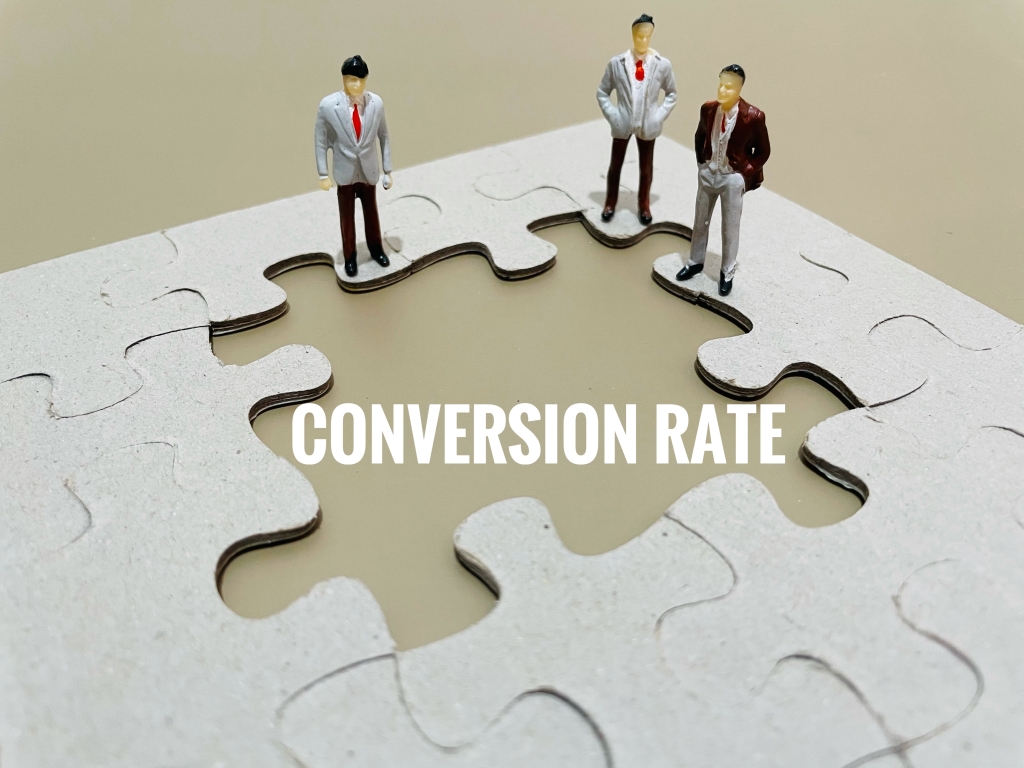How Long Online Forms Lose Leads
Why Long Online Forms are Losing You Leads and How to Fix It
 long online forms
long online formsLong online forms can be a major barrier for potential leads and customers. In today’s fast-paced world, people want to quickly and easily access information or complete tasks without having to spend a lot of time filling out lengthy forms. Here are some ways you can fix this issue and improve lead generation:
- Break up long forms into smaller sections or steps. This can make the form feel less overwhelming and more manageable for the user.
- Only ask for necessary information. Consider which fields are absolutely essential for your business needs, and eliminate any that are not.
- Use smart form fields that autofill information whenever possible. This can save time for the user and make the form feel more streamlined.
- Offer alternative methods for contact or lead generation, such as chatbots or phone calls, for those who may not want to fill out a form.
By implementing these strategies, you can improve the user experience and increase the likelihood of generating leads from your website.
The Importance of Online Forms for Lead Generation
Online forms have become an essential tool for businesses to generate leads and acquire new customers. With the rise of the internet, online forms have become the most convenient and efficient way to collect information from potential customers. Here are some reasons why online forms are important for lead generation:
- Online forms are easily accessible: Unlike traditional paper forms, online forms can be accessed from anywhere, at any time. This means that potential customers can fill out forms at their convenience, which increases the chances of them completing the form.
- Online forms are customizable: Online forms can be customized to ask specific questions that are relevant to your business. This makes it easier to collect targeted information that can be used for lead generation.
- Online forms are cost-effective: Online forms are much more cost-effective than traditional paper forms. With online forms, there is no need for printing, postage, or storage fees.
- Online forms are easy to track: With online forms, it is easy to track the number of submissions, the conversion rate, and the source of the leads. This information can be used to make data-driven decisions that can improve lead generation efforts.
In conclusion, online forms are an important tool for businesses that want to generate leads and acquire new customers. They are easily accessible, customizable, cost-effective, and easy to track. By using online forms, businesses can collect targeted information that can be used to improve lead generation efforts and grow their customer base.
The Negative Impact of Long Forms on User Experience and Conversion Rates
 conversation rate
conversation rateLong forms can be a major roadblock for website visitors and can negatively impact both user experience and conversion rates. Here are some reasons why:
- Long forms can be overwhelming and intimidating for users, especially if they are required to fill out a large number of fields.
- Users may become frustrated or bored if they have to spend too much time filling out a form, leading them to abandon the process altogether.
- Lengthy forms can also lead to errors and mistakes, as users may accidentally skip over important fields or enter incorrect information.
- Finally, requiring too much information upfront can make users hesitant to provide their personal details, leading to a drop in conversion rates.
To mitigate the negative impact of long forms, it’s important to streamline the process as much as possible. This can include:
- Only asking for essential information that is necessary for the user to complete their task.
- Breaking up long forms into smaller sections or steps, which can make the process feel more manageable.
- Providing clear instructions and guidance throughout the form, to help users understand what is expected of them.
- Finally, testing and iterating on the form to see what works best for your particular audience.
The Psychology Behind Shorter Online Forms and Higher Conversion Rates
Shorter online forms have become increasingly popular in recent years due to the positive impact they have on conversion rates. The psychology behind this phenomenon is rooted in human behavior and cognitive processing.
Here are some key factors that contribute to the success of shorter online forms:
- Attention span: In today’s fast-paced world, people have shorter attention spans than ever before. Long forms can be overwhelming and cause users to lose interest quickly. Shorter forms are easier to digest and less intimidating, leading to higher completion rates.
- Perceived effort: The amount of effort required to fill out a form directly impacts a user’s willingness to do so. Shorter forms are perceived as requiring less effort, making users more likely to complete them.
- Decision fatigue: Filling out a long form can be mentally draining and lead to decision fatigue. By keeping forms short and simple, users are less likely to experience this phenomenon and more likely to complete the form.
Overall, understanding the psychology behind shorter online forms is crucial for businesses looking to increase their conversion rates. By keeping forms concise and user-friendly, companies can improve the user experience and ultimately drive more conversions.
Tips for Creating Effective Shorter Online Forms to Increase Your Lead Generation Results
 short online forms
short online formsCreating effective online forms can be a challenging task, especially when it comes to shorter forms. However, short forms can be a powerful tool in generating leads, as they are easier to complete and often lead to higher conversion rates. Here are some tips to help you create effective shorter online forms:
- Keep it simple and concise: Only ask for the information you need and keep the form as short and simple as possible. Avoid using jargon or technical language that might confuse or intimidate the user.
- Use clear and descriptive labels: Ensure that the labels on your form fields are clear and descriptive. This will help the user understand what information they need to provide.
- Make it visually appealing: Use a clean and visually appealing design for your form. This will not only make it more attractive to users but also make it easier to read and complete.
- Provide a clear call-to-action: Make sure that the call-to-action on your form is clear and compelling. This will encourage users to complete the form and increase your lead generation results.
By following these tips, you can create effective shorter online forms that will help you generate more leads and increase your overall conversion rates.
The Advantages of Multi-Step Form Design for Better User Experience and Higher Conversions
Multi-step form design is a popular approach that has become increasingly popular in recent years. This design approach involves breaking a form into multiple steps, with each step only asking for a small amount of information. This has several advantages, including:
- Improved user experience: By breaking up a form into smaller steps, users are less likely to feel overwhelmed and are more likely to complete the form. This can ultimately lead to a better user experience and higher user satisfaction.
- Higher conversions: Multi-step forms have been shown to lead to higher conversion rates than traditional single-page forms. This is because users are more likely to complete the form when they are only asked for a small amount of information at a time.
- Better data quality: By asking for smaller amounts of information on each step, multi-step forms can lead to better data quality. This is because users are less likely to make mistakes or provide inaccurate information when they are only asked for a few pieces of information at a time.
- Improved form analytics: Multi-step forms also make it easier to track user behavior and form completion rates. This can provide valuable insights into user behavior and can help businesses optimize their forms for better performance.
Overall, multi-step form design is a powerful tool that can lead to better user experiences, higher conversions, and improved data quality. If you’re looking to improve your forms and boost conversions, it’s definitely worth considering.
The Importance of Testing Your Online Form Designs to Optimize Performance
When it comes to designing online forms, testing is a crucial step that should never be overlooked. Here are some reasons why testing your online form designs is important:
- Ensures usability: Testing your online form designs will help you identify any usability issues that may be present. This will help you create a form that is easy to use and navigate, resulting in a better user experience.
- Improves conversion rates: By testing your online form designs, you can make sure that your forms are optimized for conversion. This means that you can identify any barriers to conversion and remove them, resulting in more successful submissions.
- Saves time and resources: Testing your online form designs can save you time and resources in the long run. By identifying issues early on, you can avoid costly redesigns and rework, and ensure that your forms are effective from the outset.
Overall, testing your online form designs is an essential step in the design process. By doing so, you can ensure that your forms are user-friendly, optimized for conversion, and effective at achieving your business goals.
The Power of Shorter & Smarter Online Forms in Boosting Your Lead Generation Strategy
Designing online forms is an essential aspect of creating a user-friendly website. However, designing a form that is visually appealing is not enough. It is crucial to ensure that the form is functioning correctly to provide a smooth user experience. Testing your online form designs is a critical step to optimize performance. Here are some reasons why testing is essential:
- Identify errors: Testing helps you identify any errors or bugs in your online form. These could be anything from broken links to incorrect input fields. Identifying these issues before launching the form can save you time and money in the long run.
- Improve usability: Testing allows you to assess the usability of your online form. You can identify if users are having trouble completing the form, which sections are causing confusion, and where users are dropping off. This information can help you make necessary changes to improve the user experience.
- Increase conversions: A well-designed and functioning form can increase conversions. Testing can help you identify the optimal placement of form fields, the length of the form, and any other factors that may affect conversion rates.
In conclusion, testing your online form designs is crucial to optimize performance, improve usability, and increase conversions. Don’t skimp on this step in your design process.
How Long Online Forms Lose LeadsHow Long Online Forms Lose LeadsHow Long Online Forms Lose Leads
How Long Online Forms Lose Leads
How Long Online Forms Lose Leads
How Long Online Forms Lose Leads
How Long Online Forms Lose Leads
How Long Online Forms Lose Leads
How Long Online Forms Lose Leads
How Long Online Forms Lose Leads
How Long Online Forms Lose Leads
How Long Online Forms Lose Leads
How Long Online Forms Lose Leads
How Long Online Forms Lose Leads
How Long Online Forms Lose Leads
How Long Online Forms Lose Leads
How Long Online Forms Lose Leads
How Long Online Forms Lose Leads